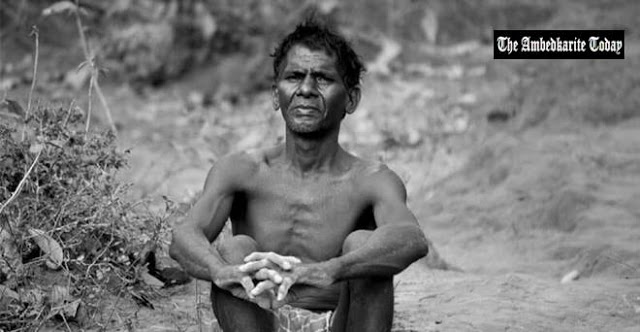Caste is an institutionalized structure of oppression that affects over 1 billion people across the world. Caste is inherited. At birth, every child inherits his or her ancestor’s caste, through the Hindu varna system, which determines their social status and assigns them “spiritual purity”. This inherited status can determine where you live, what you eat and who you marry, and even where you can be buried or cremated when you die.
Caste determines access to opportunities for employment and ownership of resources. ‘Manual scavenging’, the euphemistic name for the Caste occupation of picking up fecal and other sewage with bare hands, is forced onto Dalit communities and is still pervasive across South Asia. In addition, Dalits and Adivasis (indigenous people of South Asia), experience high rates of caste-based violence and Caste-based sexual violence.
Caste is not a thing of the past. South Asia has a long history of caste-based violence. The year, 2018, began with Dalits in Maharashtra and Maratha groups clashing at Bhima Koregaon. Two people died and 25 Dalit homes were burned down in violence that erupted in Uttar Pradesh last May. The same month, May 2017, the BJP-led Indian government imposed a ban on the slaughter of cattle in majority of Indian states. By November 2017 there were 38 attacks on minorities, including Dalits and Muslims, spurred by rumors that they bought, sold or killed cows for beef—ten people were killed during the year.
Caste practices are not specific to Hindus. Caste has deep roots in Hindu scripture where it forms a core part of religious praxis but it is still a defining feature of South Asian societies cutting across religions. Often times people who practice non-Hindu religions, may not acknowledge or even know that cultural practices they are using are in fact casteist and based on the oppression of the “lower”-castes. Muslim Pakistanis and Bangladeshis, for example still practice forms of caste that is also continuous with Muslim communities in northern India. Sikh communities in diasporas can often be seen divided by caste. Dalit Sikhs denounce a lack of proper spiritual recognition for Shri Guru Ravidass, religious teacher who was also “chamar” ( leather-working Dalit caste).
Caste goes where South Asians go. It’s reared its ugly head in the United Kingdom, in Canada and, with its large South Asian diaspora, in the United States. Caste-based politics have found their way into British popular culture and American children’s textbooks. For most South Asians, Caste is so rooted in their identities and preferences that it’s hard to shake off even a thousand miles away from home.
The Caste in the United States Survey found that one in three Dalits students experienced discrimination in schools and colleges while two in three were treated unfairly at their workplace on the basis of their Caste. The survey showed that Caste exists in the diaspora and has structural, interpersonal, and internal consequences that need to be addressed and highlighted the challenges faced by South Asian immigrant networks that are striving for equity both internally and in a larger context. To learn what can be done to fight Caste-based discrimination in the South Asian American diaspora, read our recommendations for schools, colleges, and workplaces.
Courtesy – Equality Lab

